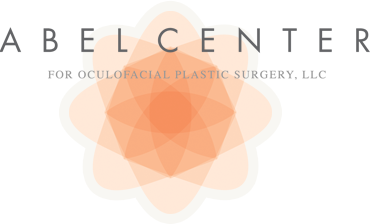Lacrimal Surgery
The tear film on the surface of the eye is a critical component of maintaining vision. Tears nourish and lubricate the surface of the eye and wash away debris. A smooth, balanced tear film also allows light to enter the eye in an optimal fashion. If there is a disturbance of the tear film, patients will often experience tearing, burning, irritation and most importantly blurred vision. Patients who experience tearing may have a problem with tear production or tear drainage.
Problems with tear production may be related to aging and menopause, or may be the result of inflammatory conditions such as rosacea, rheumatoid arthritis and Sjogrens disease. As tear production diminishes, the surface of the eye starts to dry out. The body senses that the eye is dry and irritated and signals the main tear gland to flush the eye. As a result, the dry eye paradoxically tears. Patients with dry eyes note intermittent tearing of the eyes during activities such as reading, driving, watching TV or a computer screen, or going outside on a windy day. These all cause the eye to dry out because it blinks less during these activities. The treatments for dry eyes include 1) replacing tears with artificial lubricants which can be bought over the counter, 2) medications like Restasis that decrease inflammation in tear glands and encourages natural tear production, and 3) plugging of the tear drain.
If the tear passageways become blocked, tears cannot drain properly and may overflow from the eyelids onto the face. Additional symptoms may include blurred vision, mucous discharge, eye irritation, and painful swelling in the inner corner of the eyelids. This obstruction may result from aging, trauma, inflammatory conditions, medications and tumors. In mild cases, dilation and irrigation and/or stenting of the lacrimal passageways may improve the obstruction. In more severe cases, surgical intervention to bypass the tear duct obstruction (dacryocystorhinostomy or DCR surgery) may be recommended. A DCR is performed by creating a new tear passageway from the lacrimal sac to the nose, bypassing the obstruction. This is usually performed as an outpatient procedure. Patients usually have some bruising and swelling on the side of the nose that subsides in one to two weeks. In general, surgery has a greater than 95% success rate and most patients experience a resolution of their tearing and discharge problems.
Image Gallery
This section is under construction. Images coming soon.
